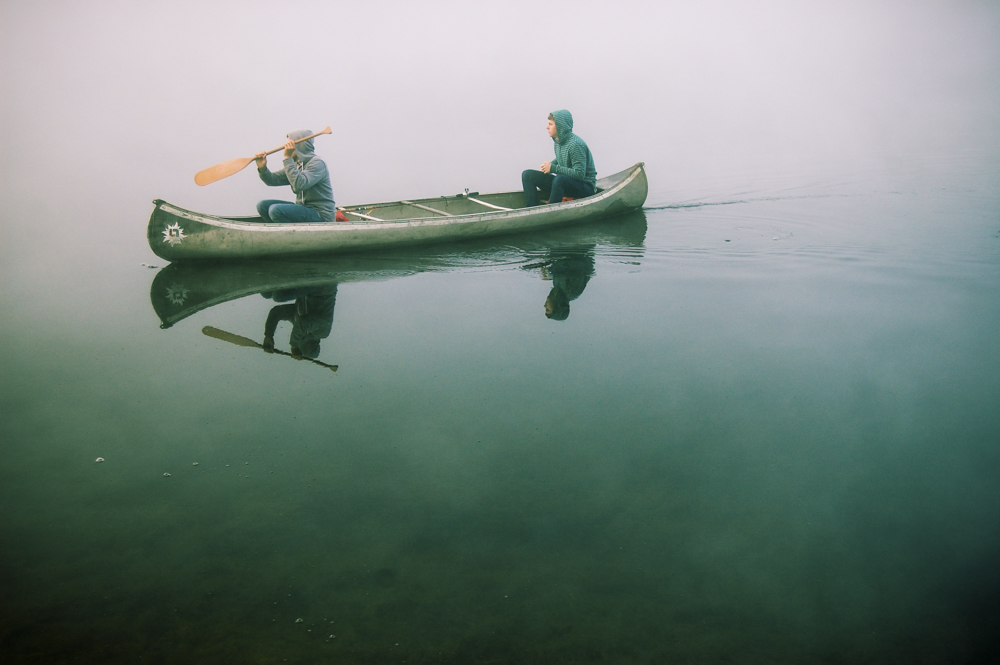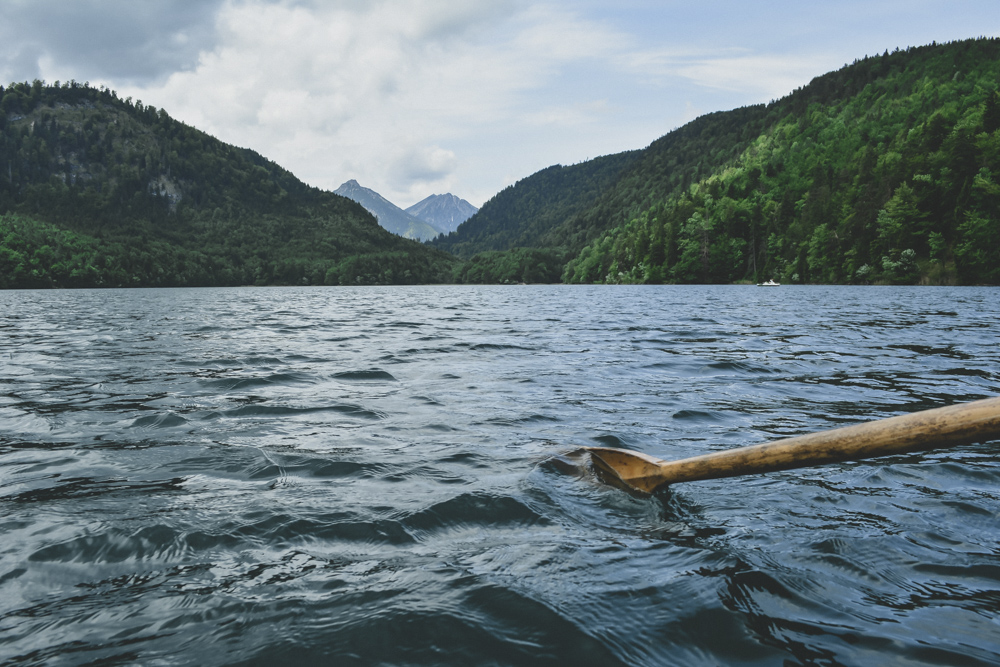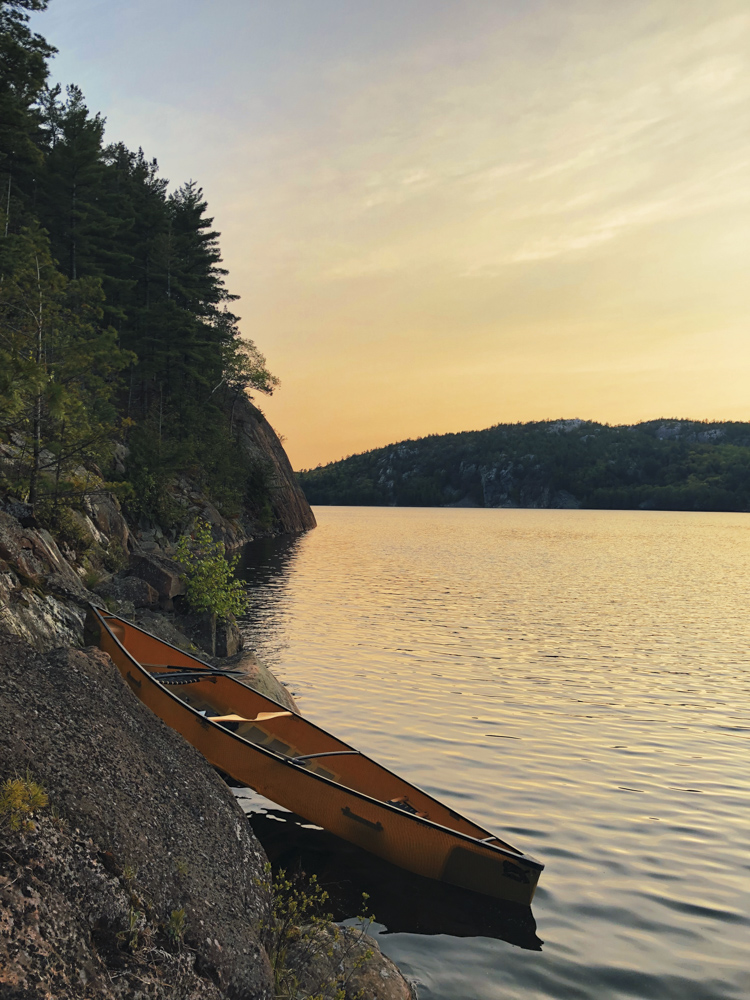Man Cave Conversations
Travel as your Ancestors did: Learn Canoeing
Originally Published in Issue 30 of 4Low Magazine
Make sure to subscribe to get the newest issues of 4Low Magazine right to your mail box. CLICK HERE
By the staff of 4Low Magazine
Man caves are equipped with all sorts of transportation modes, we need our competition rigs, our trail rigs, our get around rigs and sometimes, we might want something without a motor. Blasphemy, you say, well not if it’s on water. Canoes can be a welcome change, they take us to places we might not be able to get to in our motorized rigs.
Canoes have been a major mode of transportation in America since before there were 13 colonies. In fact, before Europeans settled here, Native Americans used canoes that they fashioned from trees found along the water ways, these were called dugouts, as this was the way the were made. Natives also used canoes that included a wooded frame and rib design, then planks of birch or skins would be added for the sides and bottoms making the canoes water tight. These lighter canoes made navigating the waterways of early America easier and aided in opening up the west to settlers, trappers and explorers.
The advantage that the settlers had over the Native Americans, were the strokes used to propel the canoes through the water. It’s interesting watching early movies of the settling of the wild west where all are paddling their canoes switching the paddles from side to side to keep the canoes traveling in kind of a straight line. But in fact a simple technique called the J Stroke enabled many of these early adventures, settlers and hunters, to keep their paddling all on one side making it faster. More strokes equals more speed, not having to cross over to keep the canoe moving straight gave one more strokes per minute. When I learned canoeing as a youth, I was told that the J Stroke saved many settlers, hunters and adventures from being caught by Native Americans who were chasing them, folklore only, and not sure how it really was, but it made for a good story.
Of course with time and technology, canoe building has advanced so that many people can enjoy canoeing as a sport or hobby. Most of us have seen the plastic canoes you can get at most sporting goods stores. Aluminum canoes have been around longer, but being heavier, although more durable are not as popular as plastic. Fiberglass and composite materials have been around a long time too, but typically are priced much higher than either plastic or aluminum. I had a fiberglass C1 racing canoe that had been raced in the 1968 summer Olympics in Mexico City. Hand built wooden canoes are by far the most beautiful of all canoes, there are many designs for building your own canoe available online. Building your own canoe would be quite the under taking, but if you’re looking for a cool project and have the patience and wood working skills this could be accomplished in a fairly small work space.
Recreational canoes are typically pointed on both ends, have at least one seat/thwart across the back and one or two more thwarts from side to side to add strength, some have an additional seat in the front as well. Racing canoes are shaped much differently, though still pointed on both ends. A racing canoe is more arrowhead shaped, with a longer front and shorter back. One does not sit in a racing canoe, but kneels, or what is called “high kneeing”. To high knee, one knee is placed on the bottom of the canoe and the other is bent in front of your body with the foot on the bottom of the canoe. This position gives you more strength transfer on your stroke, creating a faster and stronger stroke. Like riding a motorcycle, the more of your torso you can use, the more powerful your stroke.
Canoeing and kayaking are varied in just a few ways. The vessel looks very similar, pointed on both ends. However, in a kayak, you sit on the bottom of the boat, with legs outstretched. Paddles vary too. A canoe paddle will have a blade on just one end, while a kayak has paddles on both ends.
Canoeing became an Olympic competition sport in 1936, with events of different lengths for either single paddlers called C1 or 2 paddlers called C2. Both are offered for men and women. Canoeing was first introduced as a demonstration event in 1924.
If you are looking to up your water sports game, consider canoeing, it’s enjoyable, easy to carry and there is still room for your cooler. We’ll see you on the water.
Anatomy of the J Stroke
A canoe paddle has a power face and a back face; make sure you are holding it correctly so the power face can do the work.
The paddle face should be fully immersed in the water.
One hand on the T-handle; the other on the paddle shaft, knuckles forward.
Push with the upper hand, pull with the lower hand.
When the upper paddle is at, or near, your hips, start rotating the paddle with your top hand.
Apply pressure, like driving a car, not movement. To relate, we’re just correcting lane drift.
Bring the paddle back to start position and do it all again.
Be gentle and let the stroke work, no splash, no concerted effort. Save your energy.




